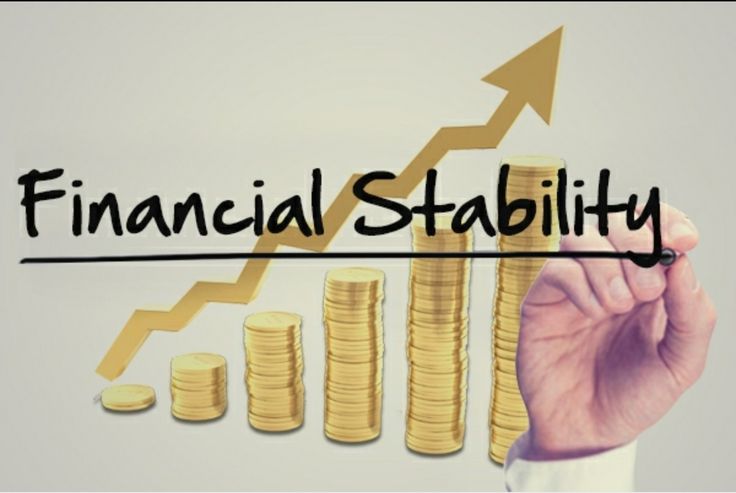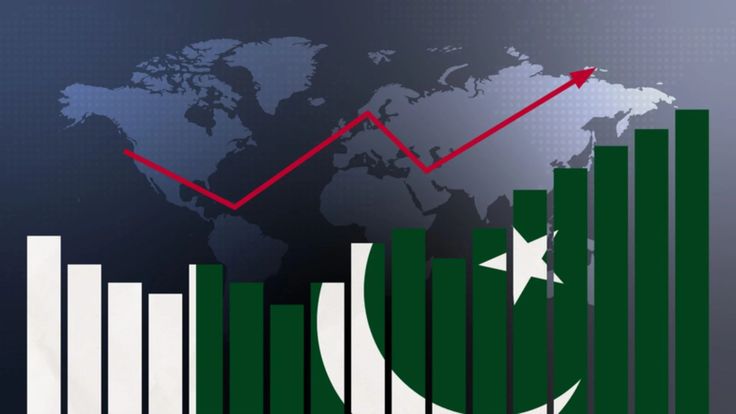Pakistan’s total foreign exchange reserves increased to $16.04 billion by the end of January 2025, up from $13.99 billion in June 2024, Foreign Loans according to the State Bank of Pakistan (SBP). This means the country added $2.05 billion to its reserves in the first seven months of this fiscal year. However, the SBP-held reserves of $11.42 billion are still below the threshold required to cover three months of imports. The remaining $4.63 billion belongs to commercial banks.
Foreign Borrowing and Debt Rollovers
The rise in foreign exchange reserves has been largely due to continuous borrowing from the International Monetary Fund (IMF) and rollovers of foreign debts owed to China, the UAE, and Saudi Arabia. Notably, Saudi Arabia recently agreed to supply $1.2 billion worth of oil on deferred payments, further helping Pakistan manage its external financial obligations.
Inflation and Interest Rate Trends

Inflation has been on a sharp decline. The annualized consumer inflation rate dropped to 2.4% in January 2025, the lowest in a decade, down from 4.1% in December 2024 and 12.6% in June 2024. This decline opens the door for further monetary policy easing by the SBP. The policy rate has already been slashed from 22% in May 2024 to 12% by January 2025 through six consecutive rate cuts. A 1% cut in March appears likely if inflation remains controlled.
The gradual fall in inflation benefits the government by reducing domestic debt servicing costs and minimizing the need for bank borrowings to cover fiscal deficits. Data from July 2024 to January 2025 shows that government borrowing from banks for budgetary support has turned negative, which is a promising trend for economic stability.
Bank Lending and Private Sector Growth
With negative government borrowings and the 15% incremental advance-to-deposit ratio tax, banks have been able to lend aggressively to the private sector. In under seven months, net private sector lending crossed Rs. 0.96 trillion, a massive increase compared to Rs. 0.23 trillion in the same period last year.
However, the crucial question remains: how soon will private-sector lending translate into higher domestic demand, job creation, and economic growth? A significant economic rebound might not be visible until July 2025, the start of the next fiscal year. If inflation starts inching up from February 2025, it could signal a gradual revival of demand and increased industrial production.
Economic Growth and Political Uncertainty
Despite recent financial improvements, Pakistan’s economic growth outlook remains uncertain due to political instability. Global and domestic political tensions are impacting investor confidence, with key concerns including:
- Donald Trump’s second term as U.S. President has triggered a new trade war with China.
- Pakistan’s internal political turmoil, including questions over whether the hybrid regime will allow PTI and Imran Khan to return to mainstream politics.
Political instability discourages foreign investors, leading to capital outflows from Pakistan’s treasury bills and bonds as falling interest rates reduce returns. Meanwhile, Foreign Direct Investment (FDI) remains insufficient to significantly impact the balance of payments.
Challenges in Trade and Remittances
While exports are increasing, imports are also rising, leading to an expanding trade deficit. Despite strong growth in remittances, they are not enough to fully counterbalance the trade deficit.
Conclusion
Pakistan’s economic outlook remains cautiously optimistic, with declining inflation, lower interest rates, and improved foreign reserves. However, political uncertainty, trade deficits, and slow FDI growth continue to pose challenges. The government must ensure policy stability, encourage exports, and attract foreign investment to sustain long-term economic growth.




























